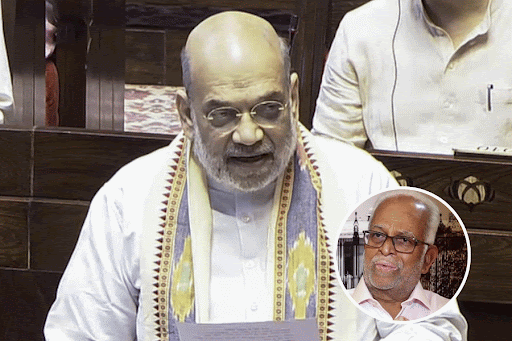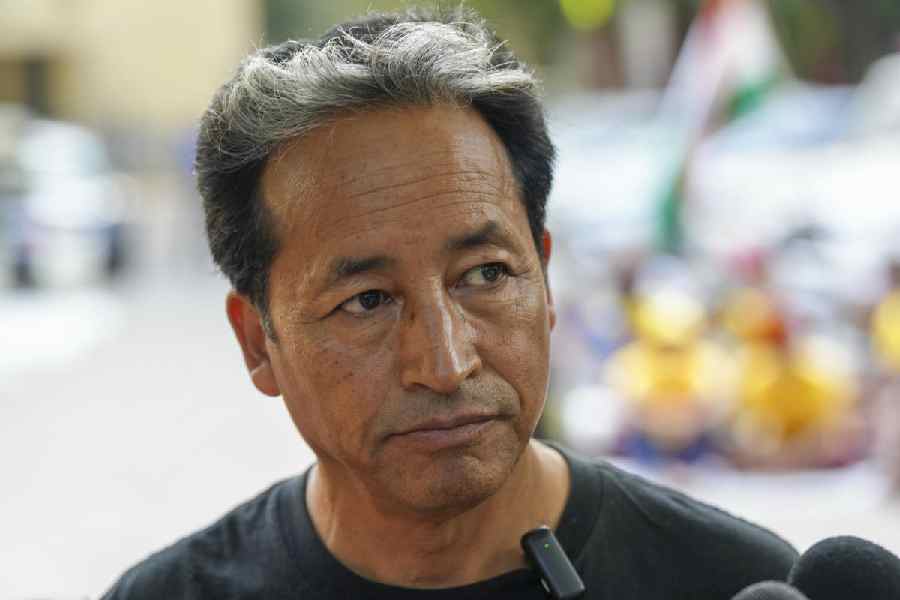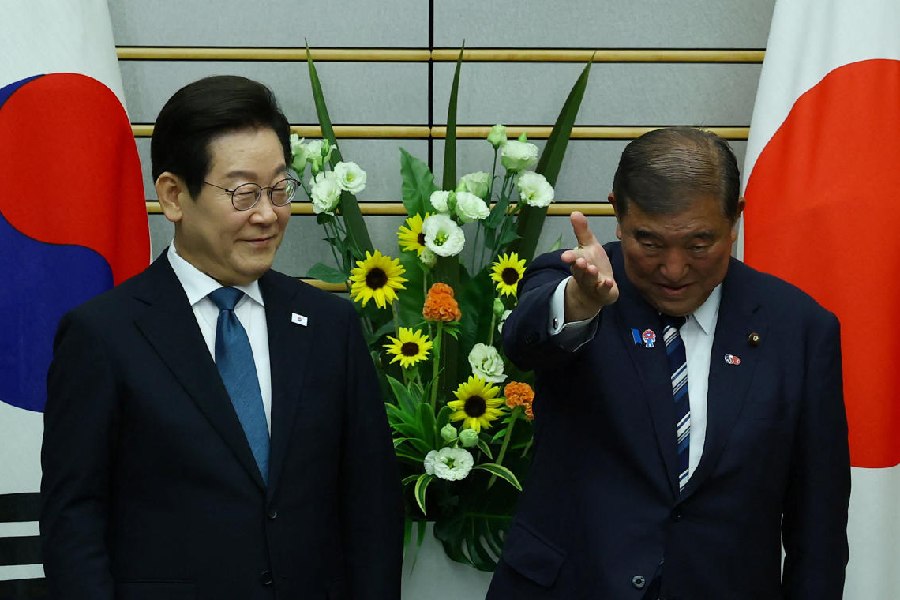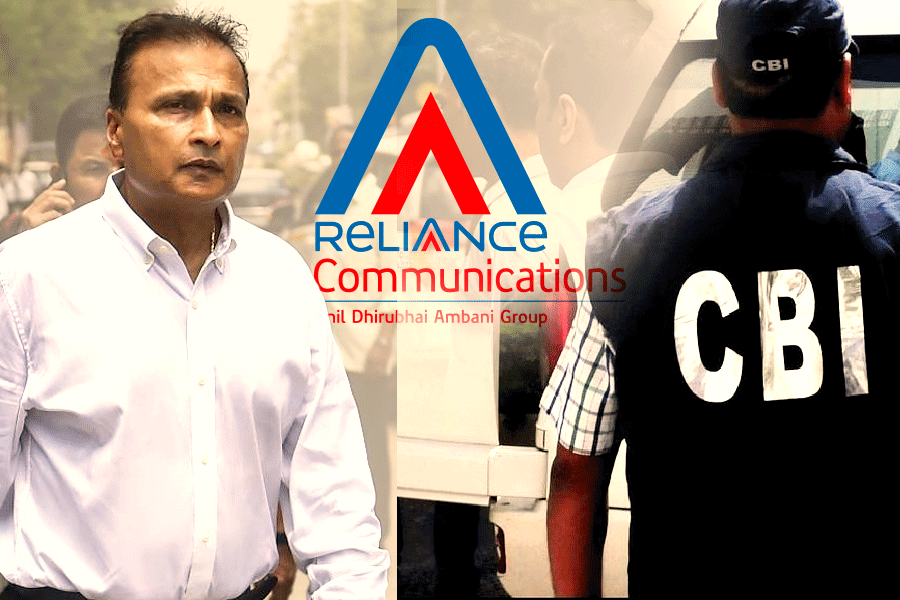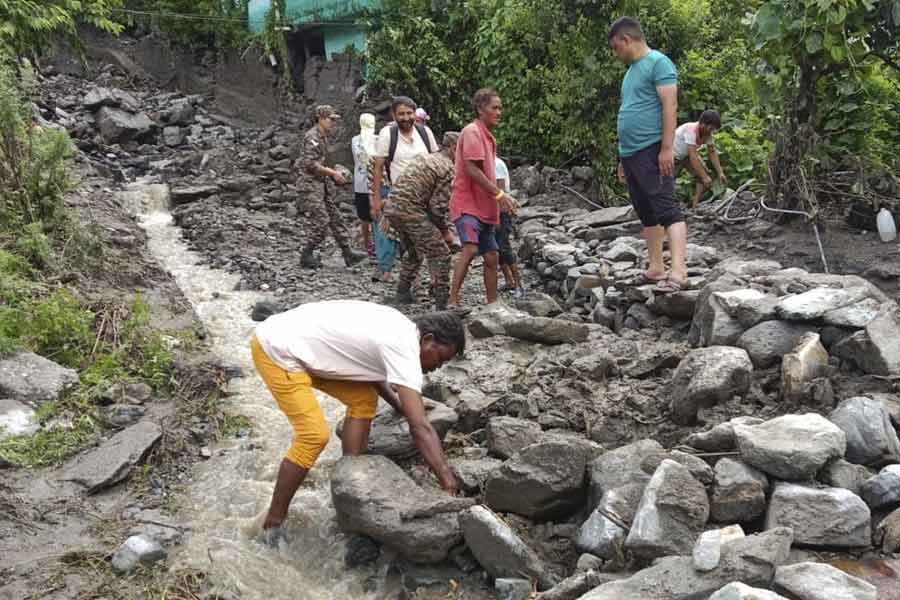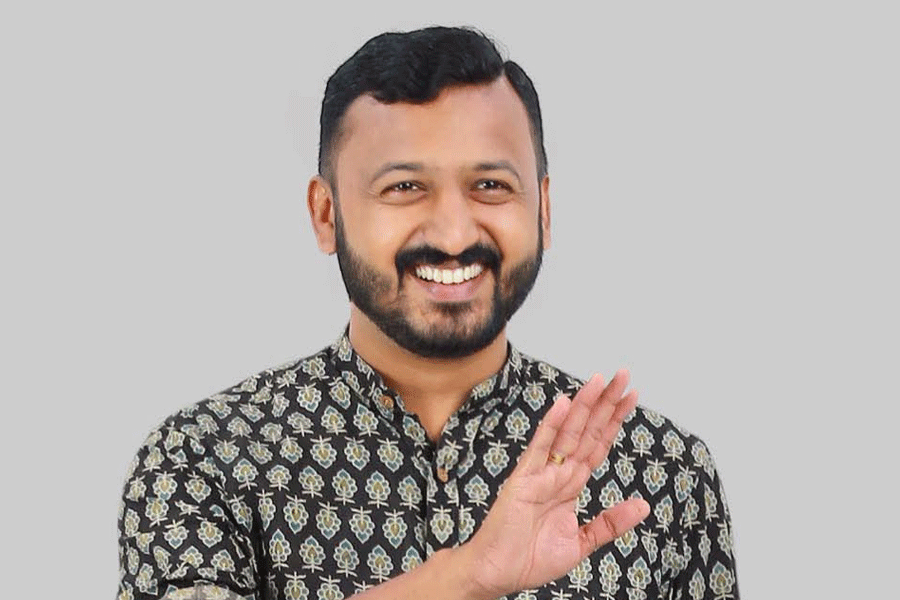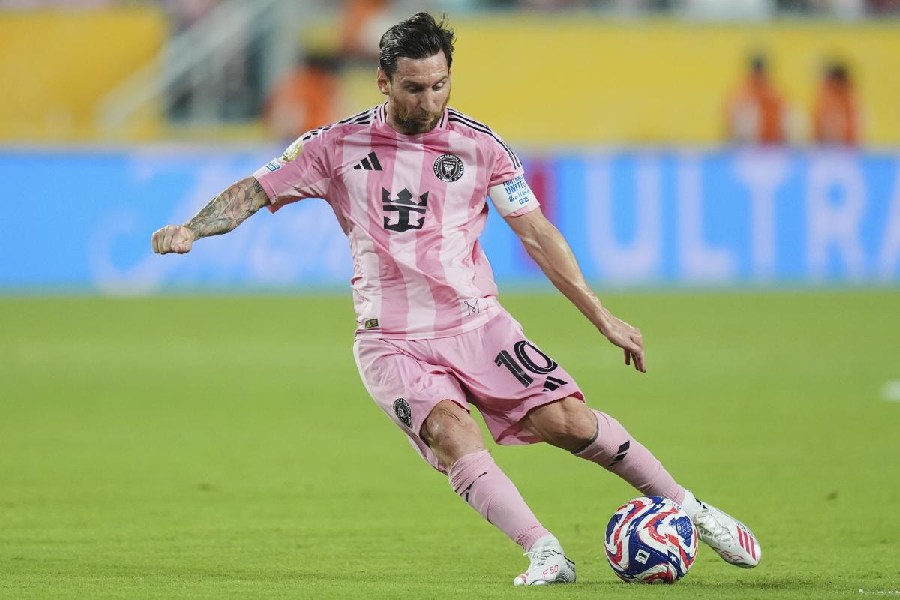 |
 |
| SPOT THE DIFFERENCE: (From top) Scenes from The Namesake and Parineeta |
As The Economist puts it: “The Namesake is worth watching for many reasons. It is a compelling study of personal identity. It features some of the most talented Indian actors in the business. But it is also an excuse for a thought experiment: imagine how much poorer America would be without the likes of Mr Ganguli.”
True. But without Mira Nair, Calcutta would be less confused. Watching The Namesake directed by the redoubtable director is like playing a spot-the-blooper game. A Calcutta railway platform in the 1960s has an IndusInd ad in the background. The bank began its operations in the country in the mid-90s. Ashoke and Ashima Ganguli, two main characters in the film, two Calcuttans living in the US, speak with a strange accent: without a hint of the American drawl, it’s the highly-wrought Bengali of Hindi-speaking actors whose voices need to be dubbed. One day after the death of his father, Ashima’s brother has his hair shaved instead of waiting for the day of the shraddha ceremony. And we are proud to report that in the year 1977, Calcuttans read The Telegraph, five years before it was published in real life.
Landmarks minus the city
Nair isn’t alone. Calcutta has been having a bad time of late in the hands of well-known out-of-towners. Saratchandra is taking the biggest blows. Vidhu Vinod Chopra’s Parineeta (2005), though directed by Pradeep Sarkar, Mani Ratnam’s Yuva (2004), Sanjay Leela Bhansali’s Devdas (2002), Kamal Haasan’s Hey Ram (2000), Calcutta Mail (2003), featuring Anil Kapoor, as well as the Oscar-winning documentary Born into Brothels (2004) by Zana Briski and Ross Kauffman and Shadows of Time (2005) from Germany — and Roland Joffe’s City of Joy going back to 1992 — all have Calcutta as the background.
If the slums and brothels and hand-pulled rickshaws are set aside, it’s a city mainly of the Howrah bridge and Victoria Memorial.
Bhansali’s Devdas Mukherjee, as opposed to Saratchandra’s original, wanders drunken about a Calcutta that is an imaginary place done up in lurid colours and kitsch in all forms. Bhansali had not bothered to come to Calcutta for shooting. Parineeta, based on a Saratchandra novel again, tries to recreate the city of the year 1962. What do we have?
 |
At the centre is the Roy family, presumably Bengali, where the lady of the household wears the sari in Gujarati style. In 1962. The son, Shekhar, the hero, played by Saif Ali Khan, is a cool dude. He could have been from the Nineties if he did not gallivant about town in Calcutta streets chock-a-block with Jaguars and Vauxhalls in the backdrop of Victoria Memorial, though the production of the humble Ambassador had begun in 1957. Shekhar’s love interest, Lolita, from a so-called middle-class Bengali family, doesn’t go to a party at the “nightclub” Moulin Rouge, where bombshell Rekha shimmies through the Hindi bar-song version of the Louis Armstrong number A Kiss to Build a Dream in the backdrop of sweating male extras. For a wedding, the otherwise modest and demure Lolita wears a backless blouse in contemporary Bollywood style, when sex was a very, very dirty word in the middle class milieu. Errors and anachronisms abound.
Northward bound
The audience feels tempted to let it pass. “Popular cinema has no responsibility as such to represent a city,” says Abhijit Roy, head, department of Film Studies, Jadavpur University. But if Parineeta, Devdas and Yuva are popular films, The Namesake is “art-house”, winning acclaim the world over. “Nair made her film carelessly,” says Mainak Biswas, who teaches at the department of Film Studies, Jadavpur University. Suman Mukhopadhyay, theatre director and film-maker, agrees. “Her film is targeted at an international audience where such details don’t matter. They don’t in a film like Devdas or Parineeta either,” he says.
 |
| The bridge on the river. Why? A scene from The Namesake |
But the films have a tale to tell about the city. The city has to be old. “You have to show Calcutta old. If it’s a contemporary urban set-up, it’s Mumbai or New Delhi. Perhaps Calcuttans don’t consider themselves modern enough,” says Biswas. Hence the main roles are played by the Howrah bridge and Victoria Memorial, the two symbols of a timeless Calcutta. In Hey Ram, Victoria Memorial even peeps from a window when Kamal Haasan and Rani Mukerji make passionate love against the Calcutta riots of 1946.
Of course, Rani in 1946 also recites a Jibanananda poem in the same erotic context, which angered some members of some moral police force, though it’s doubtful that the mesmerising poet of urban disaffection had gained enough currency then to be quoted freely like that in a tender moment by an average upper middle class Bengali woman (married to a Madrasi!). But otherwise Rani is trilingual, moving with ease between Hindi and Bengali, Bengali and English, English and Hindi, just like any other trendy college girl now. The people have to be new.
But the city has to be old — and north Calcutta. Some old north Calcutta houses are shooting hot-spots, attracting a stream of film crews from outside the state (see below). “A city cannot be represented wholly. But it’s interesting what is shown when. In contemporary films, it’s old north Calcutta. For some reason south or east Calcutta don’t work.” So The Namesake grapples with an entire sequence on the hand-driven rickshaw, in a narrow by-lane of north Calcutta. The excuse being that the novel is based there and shuttles between four decades. “The Namesake tries to show the city through a grid of nostalgia,” says Roy. Unlike films by Ray, Bimal Roy or Ghatak, which depict the city with empirical fidelity, or current Bengali popular cinema headed by Prosenjit and Jeet, which doesn’t pretend to show Calcutta as much of it is shot in Ramoji Film City in Hyderabad. “The Nineties Calcutta goes missing,” says Mukhopadhyay.
Old vs new
Even the second Hooghly bridge cannot save the day. Yuva weaves together the stories of three young men through an attempted supari killing on the second bridge. Graffiti on the wall is written in wrong Bengali. Someplace Else is more Tantra than the Calcutta landmark. Since it has Someplace Else, Forum, the second Hooghly bridge, it is set against a “modern” Calcutta. “But it could have been the story of Mumbai,” says Biswas. So in Presidency College, where Ajay Devgan would certainly look antediluvian in real life, is a place where a corrupt Bengali minister (Om Puri, saying things like “roshogolla” and “lodka” and “lodki” to emphasise his Bengaliness) marches inside and orders students to do his bidding. His goondas thrive on the campus.
Why can’t the city come up with a film like Black Friday, where not only the Mumbai of the early Nineties is recreated lovingly, but a Calcutta sequence in 1993 is also shot as carefully?
“I haven’t watched a film on Calcutta that captures the many changes the city has gone through in the Nineties,” says film-maker Gautam Ghose. “I have not come across a single film recently where Calcutta is inevitable,” agrees Mukhopadhyay, who made Herbert, based on the novel by Nabarun Bhattacharya. “It is also based in north Calcutta, but there are no shots of Victoria.”
It’s not the non-Calcuttans’ fault that they have chosen the city and made big films. The city must be interesting for the cliches it throws up. Even for insiders. “North Calcutta is prominent in the films of Aparna Sen and Rituparno Ghosh, too.”
Perhaps present-day Calcutta can’t be because the “better” cinema here is being shot indoors. “Our filmmakers don’t explore the city like Wong Kar-Wai explores Chinese cities. We are focused on the interior,” says Mukhopadhyay.
A bedazzled box-office
The state of the Bengali film industry also matters. “Tollygunge is cash-strapped, with a turnover of barely Rs 10 to Rs 20 crore. The young who could capture the contemporary city are perhaps being forced to make telefilms and not getting the money to make their films,” says Ghose. So the people who have been making the films keep on, reselling the same city.
If the city doesn’t look at itself differently, neither will others. But Ghose, who cites the recent film Aamra as an example of the new breed of films that captures the city, is hopeful. “Things will change one day. New films will happen, perhaps in digitised formats and smaller budgets.”
Till then, God will not be in the detail, but in the box-office. And the image of Rekha in the “nightclub” Moulin Rouge abides. An overdone, overexposed, old maid with trademark features, whose seduction lies in her faux retro charms. She is somewhat like Calcutta.
Prime property
Houses in north Calcutta hot as film locations
Chhatubabu Latubabur Bari, Beadon Street: The Namesake, Rituparno Ghosh’s Sunglass shot here
Bali Rajbari: Parineeta shot here
Lahabari , which houses Pasteur laboratory: An ad featuring actress Vidya Balan was shot here by Pradeep Sarkar
Lahabari, closer to Thonthone Kalibari: Location for Rituparno Ghosh’s Antarmahal; a sari ad featuring Rani Mukerji shot by Pradeep Sarkar
Lahabari (near Hatibagan): Visited by crews from the south


